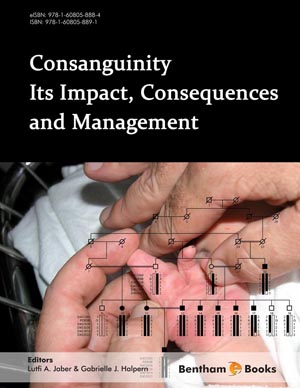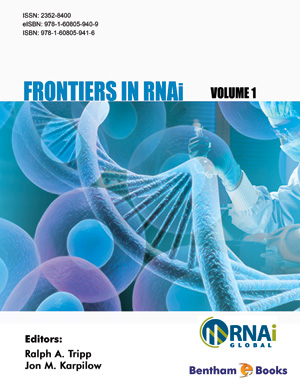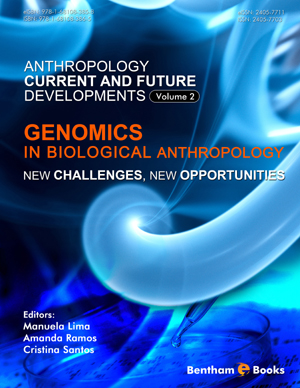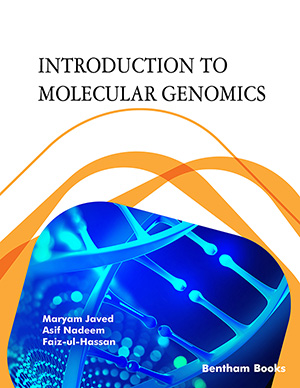Abstract
Krüppel-like factor (KLF) family members share a three C2H2 zinc finger DNA binding domain, and are involved in cell proliferation and differentiation control in normal as in pathological situations. Studies over the past several years support a significant role for this family of transcription factors in carcinogenesis. KLFs can both activate and repress genes that participate in cell-cycle regulation. Among them, many up-regulated genes are inhibitors of proliferation, whereas genes that promote cell proliferation are repressed. However, several studies do present KLFs as positive regulator of cell proliferation. KLFs can be deregulated in multiple cancers either by loss of heterozygosity (LOH), somatic mutation or transcriptional silencing by promoter hypermethylation. Accordingly, KLF mediates growth inhibition when ectopically expressed in multiple cancer-derived cell lines through the inhibition of a number of key oncogenic signalling pathways, and to reverse the tumorogenic phenotype in vivo. Taken together, these observations suggest that KLFs act as tumor suppressor. However, in some occasion, KLFs could act as tumor promoters, depending on “cellular context”. Thus, this review will discuss the roles and the functions of KLF family members in carcinogenesis, with a special focus on cancers from epithelial origin.
Keywords: Krüppel-like factors, cell cycle, transcription factor, cancer.


















